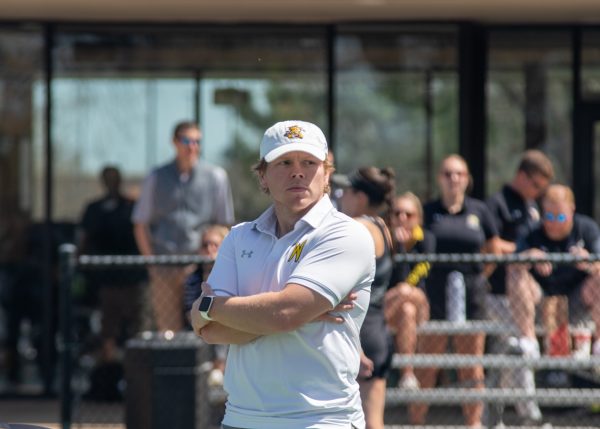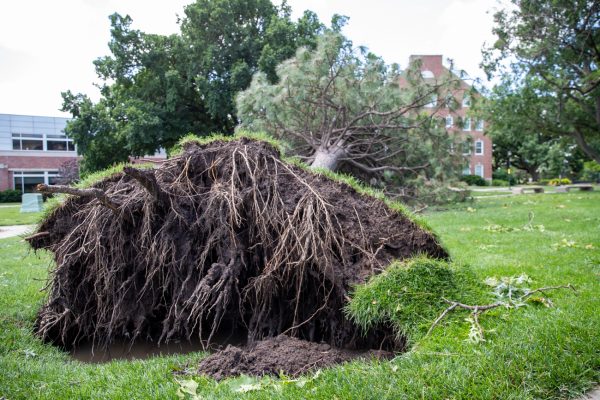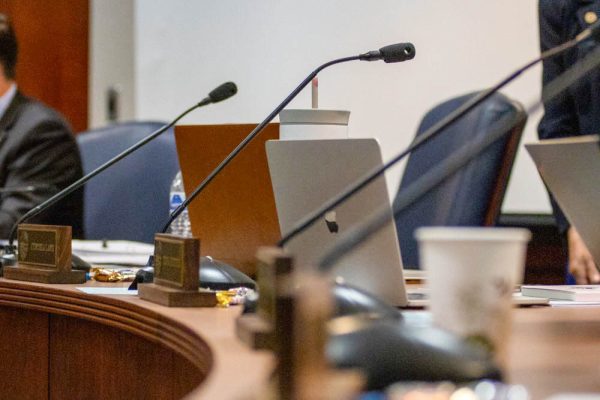NIAR statistician verifies election accuracy
During the week, National Institute for Aviation Research (NIAR) chief statistician Beth Clarkson carries her notepad and computer to her office on the first floor of the NIAR building, leaving to attend meetings.
However, outside of NIAR, Clarkson uses her skills to work on a different project — one to help ensure local elected officials are accurately elected.
“I think that, if there is some form of voting fraud, college students are affected in the same way others are in that we have a government that is no longer representative of us,” Clarkson said.
A former mathematics professor and self-called “math nerd,” Clarkson has been studying election statistics since 2000. She looks at election data to make sure modern voting machines machines in polling precincts are accurate.
“In 2012, I read through [a statistical] paper that focused on the Republican primaries, and I could not believe it was true.” Clarkson said. “These guys are crazy conspiracy theorists, but I reviewed the paper carefully and [Francois Choquette and James Johnson] had a great model. I analyzed it the same way they did and got the same results.”
“There has to be some underlying cause to this trend.”
On Nov. 4, 2014, U.S. voters traveled to their polling location to vote and watched as officials were named.
In Kansas, the results of the election caught the attention of statisticians, including Clarkson.
“I have been trying to figure out a way to make this a little clearer,” Clarkson said. “What you expect to see, evidence is going to be more apparent in larger precincts.”
After looking at election data, Clarkson found a trend — in election statistics, smaller precincts have had a stronger Republican voting base. However, in precincts with denser populations, Republican tallies also increase, piquing her interest.
“If we had a reason for the trend, that would be one thing,” Clarkson said. “But we don’t — there has to be some underlying cause for this trend.”
“We see this pattern over and over again in a lot of races and I don’t know why it is there — and one way of finding [vote manipulation] is to do an audit of the records.”
As a result of her findings, Clarkson has been working to gain access to paper logs from the 2014 general elections. She has filed an open-records lawsuit in Sedgwick County and has named Secretary of State Kris Kobach and Elections Commissioner Tabitha Lehman in the suit.
Clarkson said she is not trying to incite political animosity with the lawsuit or seek publicity, but, rather, is simply trying to make sure reported electronic results from voting machines correctly match their paper logs.
Since opening the lawsuit, she said she has had individuals in the community contact her with their own stories of election problems at the polls.
“I am hoping it is just a glitch that happens sometimes,” she said. “But this is not the first person to tell me about this, and it worries me that this is not something being captured and recorded.”
Through her search for voting accuracy, Clarkson said she hopes that she is able to find that electronic voting results are accurate. However, if they are not, she hopes her findings will spur election reform.
“If I find something, I hope people will get rid of the voting machines and go with something more secure,” she said.







